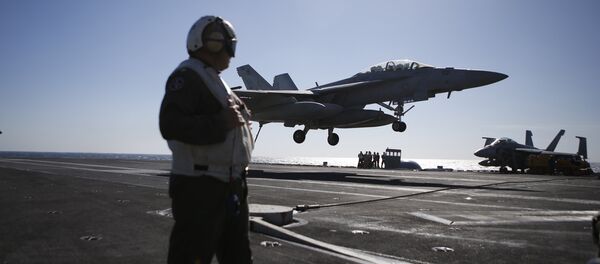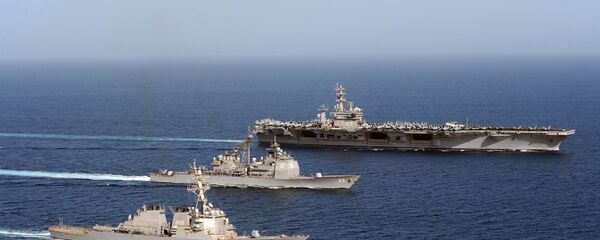Over 40 companies and organizations, including navies of the US and the UK, will present over 50 seaborne and aerial autonomous systems at the event, most of which are designed for mine warfare. The US Navy has the most significant presence at the event with ten advanced unmanned systems.
Technologies on display will include underwater vehicles, robotic boats, and mini-subs, as well as drones and mini-helicopters, and sonars, among others. The products on display will be available for purchase by eligible actors with deep pockets.
“What we are seeking to achieve is an event that re-shapes the market to provide new opportunities for everybody, and capability transformation for the Navy,” Commander Peter Pipki, the Royal Navy’s fleet robotics officer and surface combatant combat systems desk officer, said.
An upgraded version of the ScanEagle, and the semi-autonomous demonstration of the Leonardo Helicopters SW-4 Solo chopper, both on exhibition at the weapons trade convention, will be scrutinized by the Royal Navy for purchase.
@leonardo_live Sw-4 Solo OPV sits at Benbecula ahead of #UnmannedWarrior exercise that starts Mon. Fit with new Osprey radar and Sage ESM. pic.twitter.com/uwR0aMr2mw
— Beth Stevenson (@C4I_Star) 6 октября 2016 г.
“When we look at where capability is going, there is a real drive towards unmanned systems in the maritime,” Rick Wellesley, UK government business lead for Leonardo Helicopters, told FlightGlobal.
The weapons display show is held within the framework of NATO’s twice-a-year Exercise Joint Warrior war-games, Europe’s largest war exercise. Participated in by 14 nations, including 5,700 personnel and 67 aircraft, the stated aim of the event is to “practice the skills needed for current and future operations.” Many have observed the drills as an exercise in sabre-rattling amid the deterioration of NATO-Russia relations.




